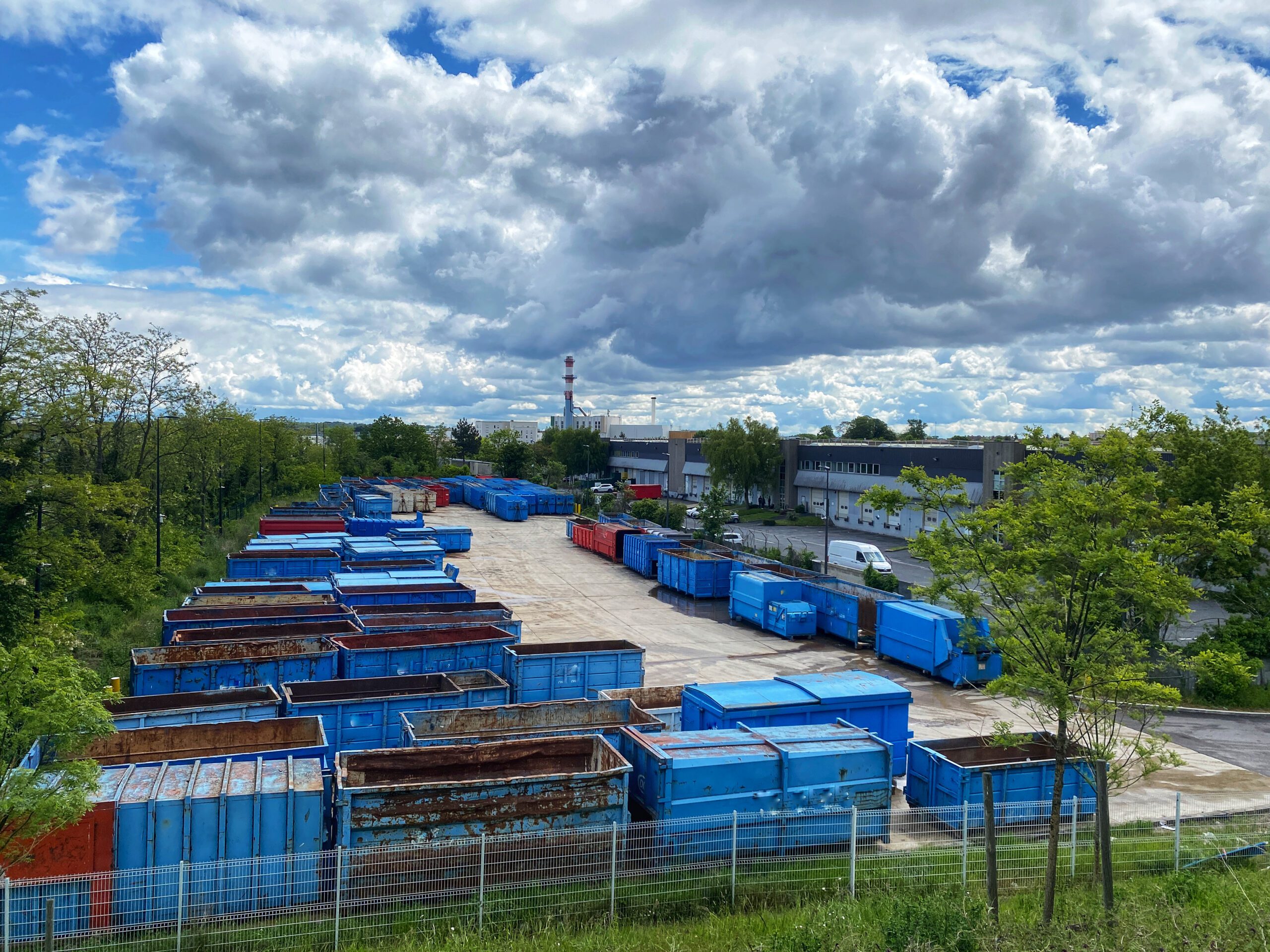
Cradle-to-grave hazardous waste management is a comprehensive regulatory program established by the EPA under the Resource Conservation and Recovery Act (RCRA). The RCRA is a public law passed in 1976 that continues to provide a framework to manage hazardous and non-hazardous solid waste in the U.S properly. The law also pertains to dangerous goods—those hazardous materials or substances capable of posing an unreasonable risk to the health and safety of people, places, and the environment when transported in commerce.
Understanding the EPA’s “Cradle-to-Grave” Program
The EPA’s “cradle-to-grave” program aims to ensure that, during the life cycle of hazardous waste, it is safely handled and managed from the time it is created or generated until it is either permanently stored or disposed of.
As its name implies, hazardous wastes are material wastes that hold dangerous properties harmful to humans or the environment. They are primarily generated through industrial and manufacturing activities, energy production, chemical production, or medical and research processes. They are generally in the form of liquids, solids, contained gases, or sludges.
By law, those who generate hazardous waste and dangerous goods are legally responsible for managing it safely from “cradle-to-grave,” i.e., it must be safely managed from its origin to its treatment, disposal, or storage. A key component of the law also includes shipping and transporting hazardous wastes and dangerous goods safely. In other words, companies, businesses, agencies, and institutions that create the waste are responsible for its safe transportation from where it was created to a designated site where it can be safely treated.
Because the transportation of hazardous wastes and dangerous goods is moved over public highways, roads, rails, and waterways, regulations for transport are under the jurisdiction of multiple federal, state, and local agencies. The U.S. Department of Transportation (DOT) is the primary regulatory authority for hazardous waste. Though the DOT and the EPA work in conjunction with each other, the EPA defers to the DOT to avoid discrepancies and redundant regulations. OSHA (Occupational Safety and Health Administration) also has a limited role in regulating hazardous waste that covers emergency response personnel responding to the incident. Additionally, hazardous waste transporters must also follow state and local regulations.
6 Responsibilities of Hazardous Waste Generators
Transporting hazardous waste is as much a matter of compliance as it is a responsibility. To understand the shipping component in the “cradle-to-grave” management of the material, here are 6 responsibilities that every generator must understand when shipping hazardous waste and dangerous goods from their facility:
1. Generators are liable and legally responsible for correctly packaging and labeling hazardous materials and generating the necessary documentation for shipping the material.
2. Generators must know the hazard classification for hazardous material and goods they are shipping, along with the regulations governing their shipment.
3. A shipper’s declaration must detail the exact contents of the shipment, its specific hazard classification, how the material is packed and labeled, and by whom.
4. Labeling requirements must be adhered to when transporting hazardous material. The appropriate HAZMAT placards and stickers should be placed where they can be easily read on cartons, drums, crates, shipping containers, vehicles, and trailers.
5. Transportation of hazardous waste and dangerous goods in commerce must be done by licensed, certified personnel registered conformance with DOT regulations.
6. Hazardous waste transporters must obtain an EPA ID number and comply with EPA’s hazardous waste manifest system to track the hazardous waste shipment from the generator facility to the off-site waste management facility.
Cradle-to-grave hazardous waste management is a regulatory and legal responsibility for all generators of hazardous goods. Integral to the process is the off-site transportation of hazardous waste to a designated facility for treatment, storage, or disposal. Companies and institutions are best served by partnering with a hazardous waste removal service to reduce the liability and risk factors associated with transporting hazardous waste. One that can ensure that you, as a generator of hazardous wastes, remain in compliance with laws and regulations that govern the safe transportation of your hazardous material to a designated facility.
Contact the Hazardous Waste Management Experts at MLI Environmental
MLI Environmental offers a range of expertise in hazardous waste management and removal services for generators. Our services include consulting, material identification, packaging, shipping, and transporting hazardous materials for companies and institutions large and small. Our professionally trained and certified personnel classify and identify all hazards associated with your goods according to DOT and EPA regulations, and generate appropriate documentation, placards, and labels to ensure compliance. We are a leader in shipping and transporting all hazardous wastes, materials, and dangerous goods. To ensure that your hazardous wastes are shipped in compliance with the law, consider partnering with MLI Environmental, a proven leader in hazardous waste management and removal services.
